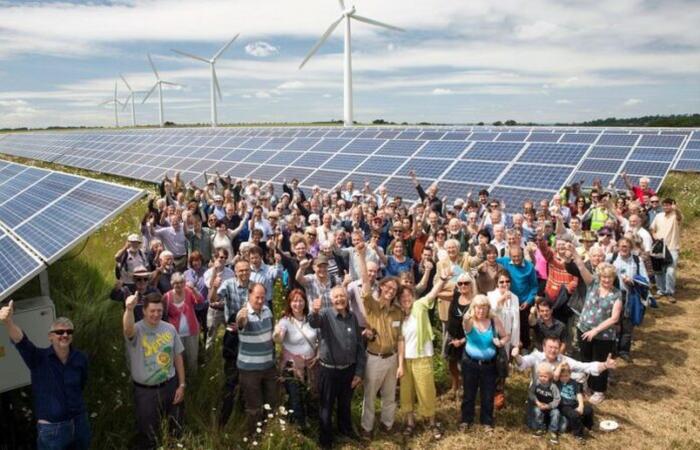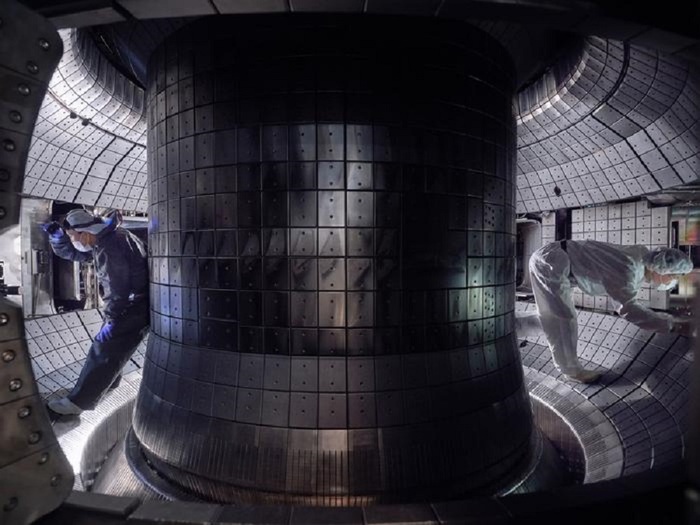Enlarge image
Young star:
Matthias May's
research group at Ulm University is developing
new fuel cell technologies
Photo:
Annette Cardinale Photography
The institute, at which Matthias May (37) is experimenting, rises on a ridge as a cuboid made of glass and concrete into the sky above Ulm.
The view sweeps over a Swabian forest idyll through the floor-to-ceiling windows.
Here, says the physicist, who received the Curious Mind Award in the "Mobility and Energy" category this year, nature offers everything he needs as inspiration for his research.
First of all, there is a lot of air, atmosphere, that May wants to protect from harmful greenhouse gases.
There's hydrogen, a volatile gas that can be extracted from water to power machines and cars.
And there is the sun, whose power May wants to use much more efficiently than previously possible.
May and his team are developing new energy conversion technologies, for example for electric drives. Most corporations in the automotive industry are currently using batteries for their electric models. The fuel cells - long touted as an alternative - are considered to be too inefficient. The hydrogen they need has so far been obtained from methane and similar hydrocarbon compounds. This consumes more electricity than the cell can generate later - and releases CO₂. However, May is convinced: "Hydrogen is the ideal energy store, the contemporary replacement for all fossil fuels such as crude oil, gasoline, diesel or kerosene."
For more efficient extraction, May uses a sophisticated technology that splits water molecules with the help of sunlight. The surfaces of the special solar cell electrodes, which are necessary for this "photoelectric effect", are examined more and more closely by his team using high-resolution electron microscopes. This increases the power yield and the durability of the materials used. The Federal Ministry of Research is funding this project, the German Research Foundation (DFG) pays May's position as a junior research group leader as part of its Emmy Noether program.
"The structures that we are optimizing here are smaller than a nanometer," explains May, in other words smaller than a dextrose molecule.
Without such fine work, the electrodes would corrode instantly;
on first attempts they were braised after two seconds.
May has now set two efficiency world records.
Most recently, a prototype won hydrogen with an energy content of 19 percent of the incident sunlight, an increase of more than a third over its previous record.
"Photoelectric production is the best way to produce hydrogen," says May. Nevertheless, the process is still in the experimental stage, and the apparatus is only the size of a pack of cigarettes.
Use as a technology suitable for the masses is likely to take a number of years.
The physicist, who studied in Stuttgart and Grenoble, did his doctorate in Berlin, did research in Ilmenau and at the California Institute of Technology, wants to combat climate change in another way: Inspired by the forests around his laboratory, where the trees produce carbon dioxide by means of photosynthesis filter out of the air, he wants to achieve something similar with new photochemical processes.
Climate change could even be turned back at some point.


/cloudfront-eu-central-1.images.arcpublishing.com/prisa/JUSJMP3AZFFMVFE7EXS567CYJE.jpg)






